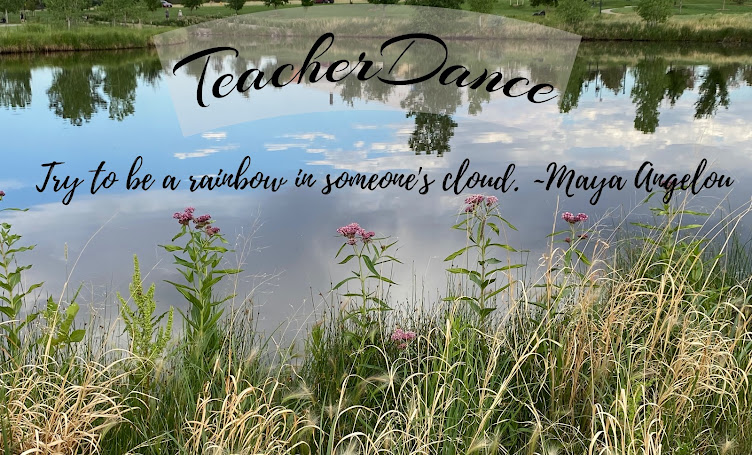 Visit Alyson Beecher on Wednesdays for Non-Fiction Picture Books at Kidlit Frenzy. From Alyson and others, you will discover terrific non-fiction books!
Visit Alyson Beecher on Wednesdays for Non-Fiction Picture Books at Kidlit Frenzy. From Alyson and others, you will discover terrific non-fiction books! I chose to share it first because it feels like a cautionary tale, one that can be read to learn from before reading about bees in the next review. Jan starts at the beginning, where the auk (the first Penguin) made its home and continues through the years showing evolutionary factors which helped it both thrive and become doomed. Because it needed to be a fast swimmer, slowly the auk's wings shrunk and its webbed feet moved back in its body. It needed to become a fast swimmer because it had moved into warmer waters and the fish there could swim faster. Because its wings grew smaller, it lost the ability to fly, thus narrowing the range of habitat. Because of the feet change, it could only "toddle", increasing its vulnerability to predators, and its inability to find safer places to lay eggs. Here briefly are factors given through the auk's long history, including the final blows of men's increasing ability to navigate the ocean and man's greed for collections. Jan leads us in this tragic tale through the travels and changes of the auk, of nature and of humans. It's a story that ends with a short explanation of some protections created for animals. I'm hoping those that are now in place will be kept for our own future.
I chose to share it first because it feels like a cautionary tale, one that can be read to learn from before reading about bees in the next review. Jan starts at the beginning, where the auk (the first Penguin) made its home and continues through the years showing evolutionary factors which helped it both thrive and become doomed. Because it needed to be a fast swimmer, slowly the auk's wings shrunk and its webbed feet moved back in its body. It needed to become a fast swimmer because it had moved into warmer waters and the fish there could swim faster. Because its wings grew smaller, it lost the ability to fly, thus narrowing the range of habitat. Because of the feet change, it could only "toddle", increasing its vulnerability to predators, and its inability to find safer places to lay eggs. Here briefly are factors given through the auk's long history, including the final blows of men's increasing ability to navigate the ocean and man's greed for collections. Jan leads us in this tragic tale through the travels and changes of the auk, of nature and of humans. It's a story that ends with a short explanation of some protections created for animals. I'm hoping those that are now in place will be kept for our own future.I just read and shared Please, Please the Bees by Gerald Kelley which shares some information about bees in a lovely story.
And now there's the terrific non-fiction Give Bees A Chance, that tells how bees work, how many species there are (about 25,000) and how honey is created. The front and back endpapers are illustrated with some of those species. Bethany Barton is a wonderful storyteller and illustrator who's given spiders a chance in the earlier I'm Trying To Love Spiders, and now she's created a clever introduction to all things about bees. In cartoon drawings, the unseen narrator talks to the scared-of-bees person all about the bees: what to do when they seem to be flying around you (Blow gently on bees to make them scatter.), some of their amazing history (You know, bees lived with dinosaurs.), and the wider importance of bees other than making honey (Bees have a big impact on the food chain.) I imagine that this narrator has a big grin on her face as she uses real facts to persuade everyone, even those afraid, to Give Bees A Chance!
Both of these books are just terrific, perfect for a specific study of the animal, or for broader studies of evolution, all animals and humans' interaction.


Bees are so, so necessary, yet so often misunderstood, feared or taken for granted! So glad to see bees getting so much book love - they need all the love they can get.
ReplyDeleteAnd this book plus the fiction one are full of love for them, Jane. Thanks!
DeleteBoth of these sound great! We have a friend who has bee hives and we recently got raw honey from her bees. The taste is so amazingly different! I definitely have a fear of being stung, but they are so vitally important to our society. They need to be praised for all of the hard work they do for us.
ReplyDeleteThey both are good, Michelle. You should find the bee book. I imagine you will like it! Thanks!
Delete